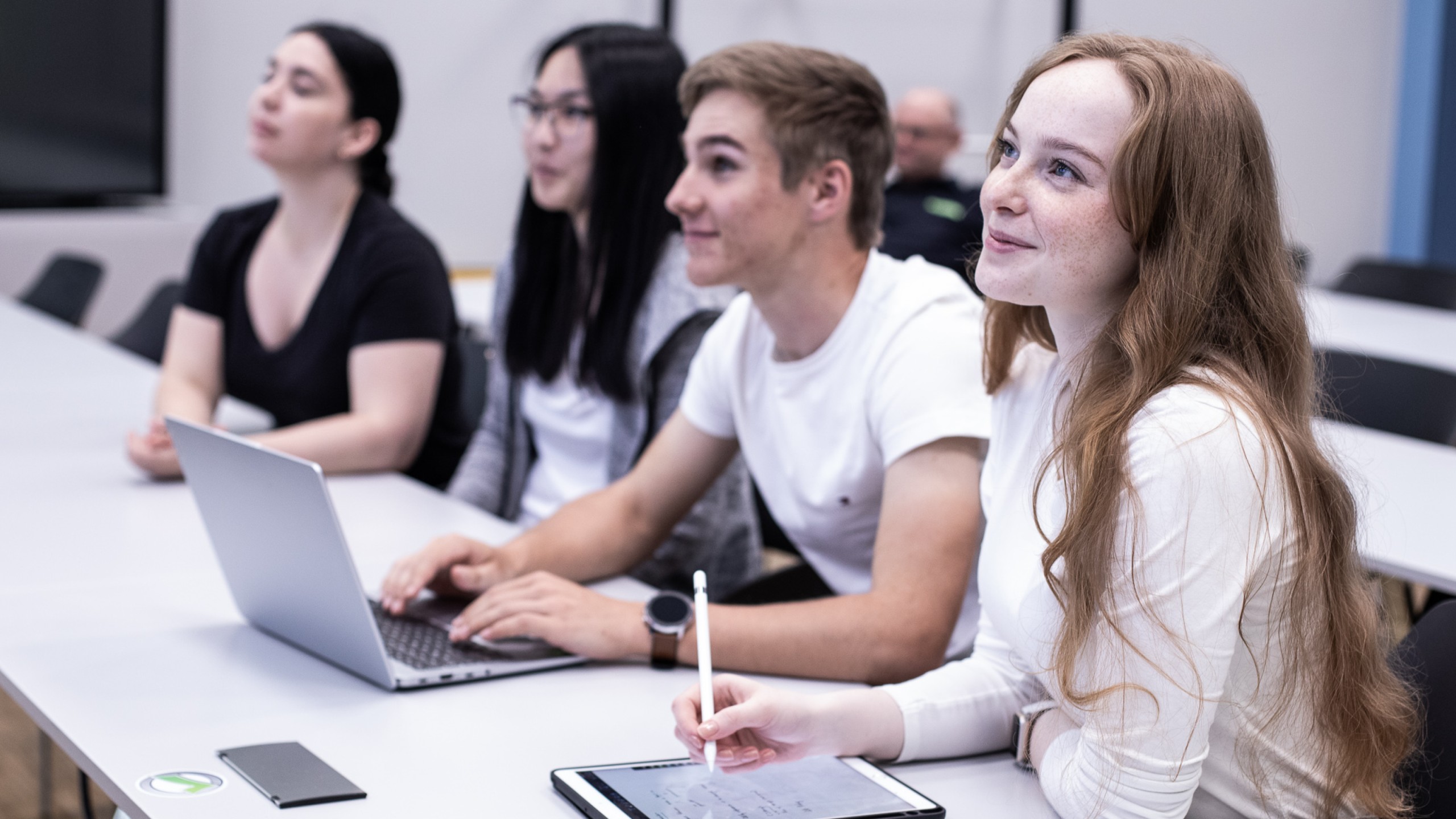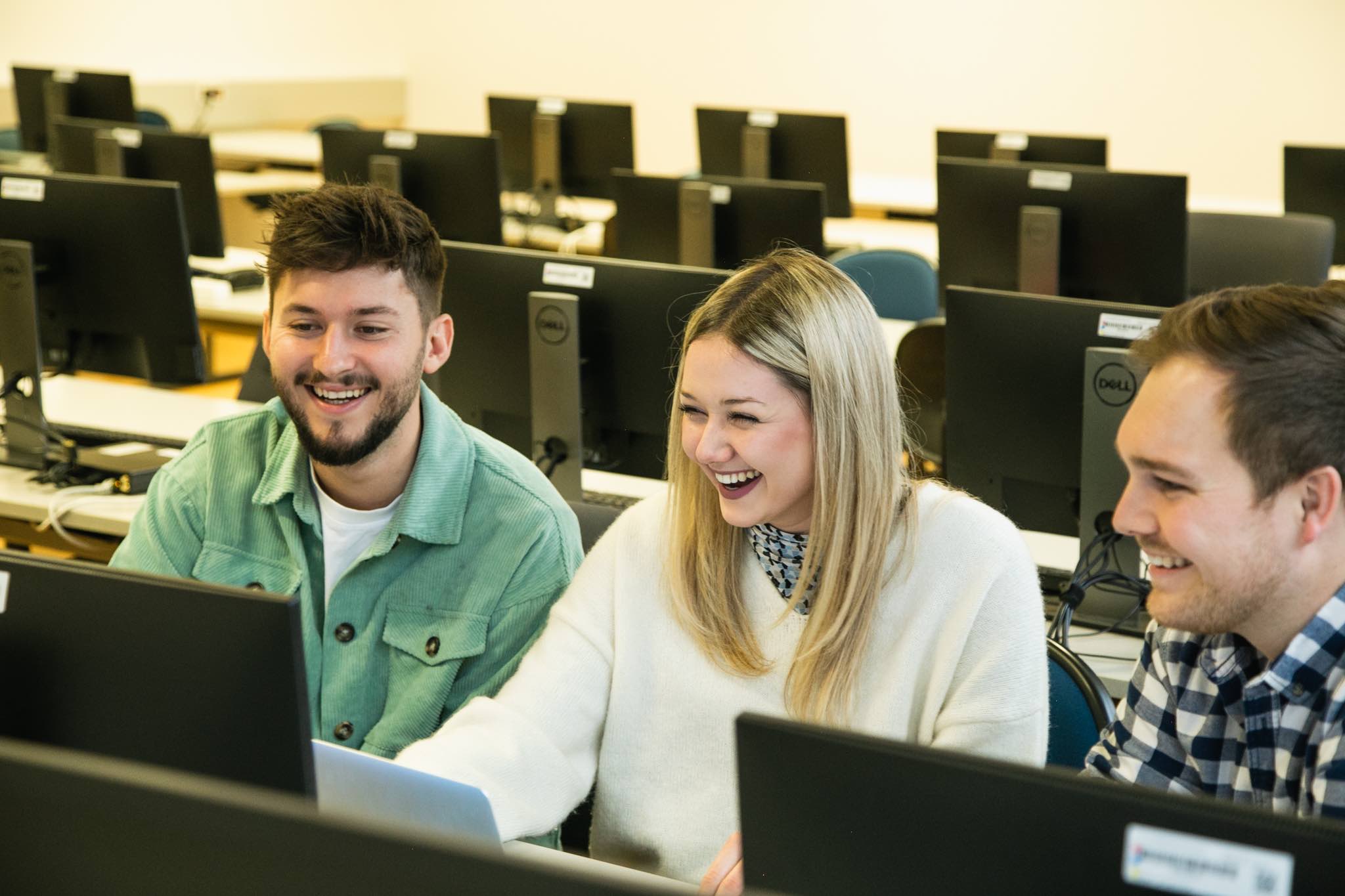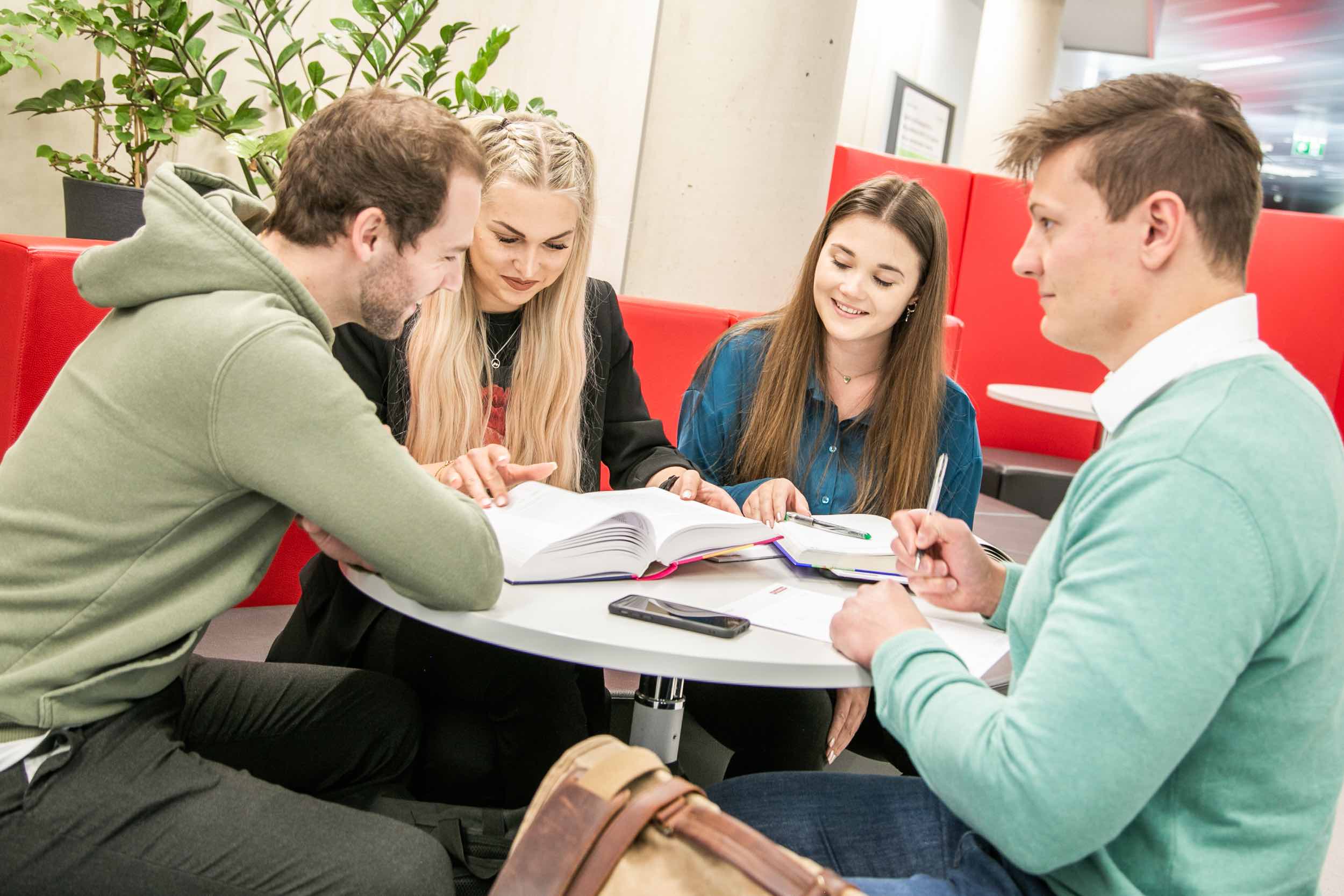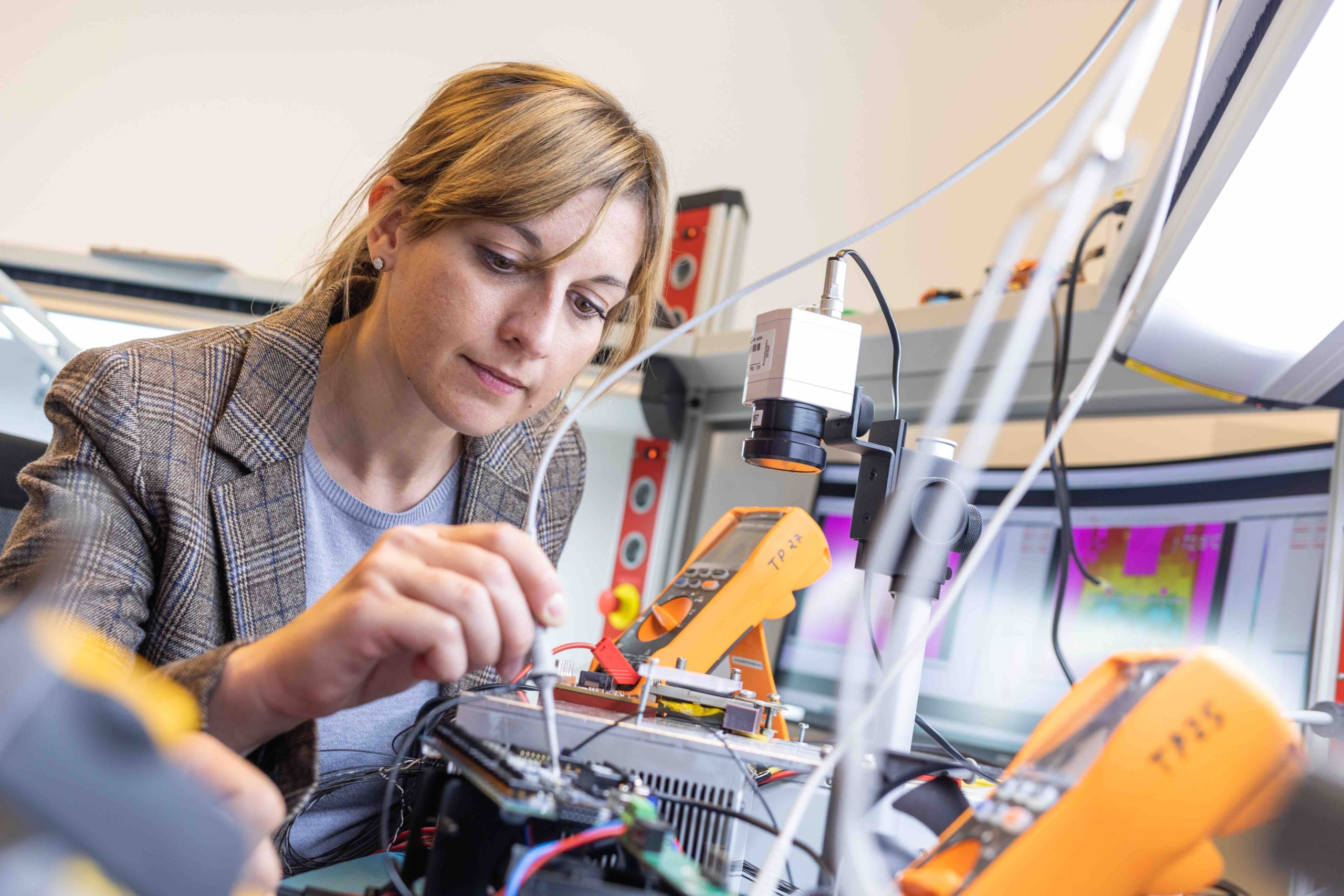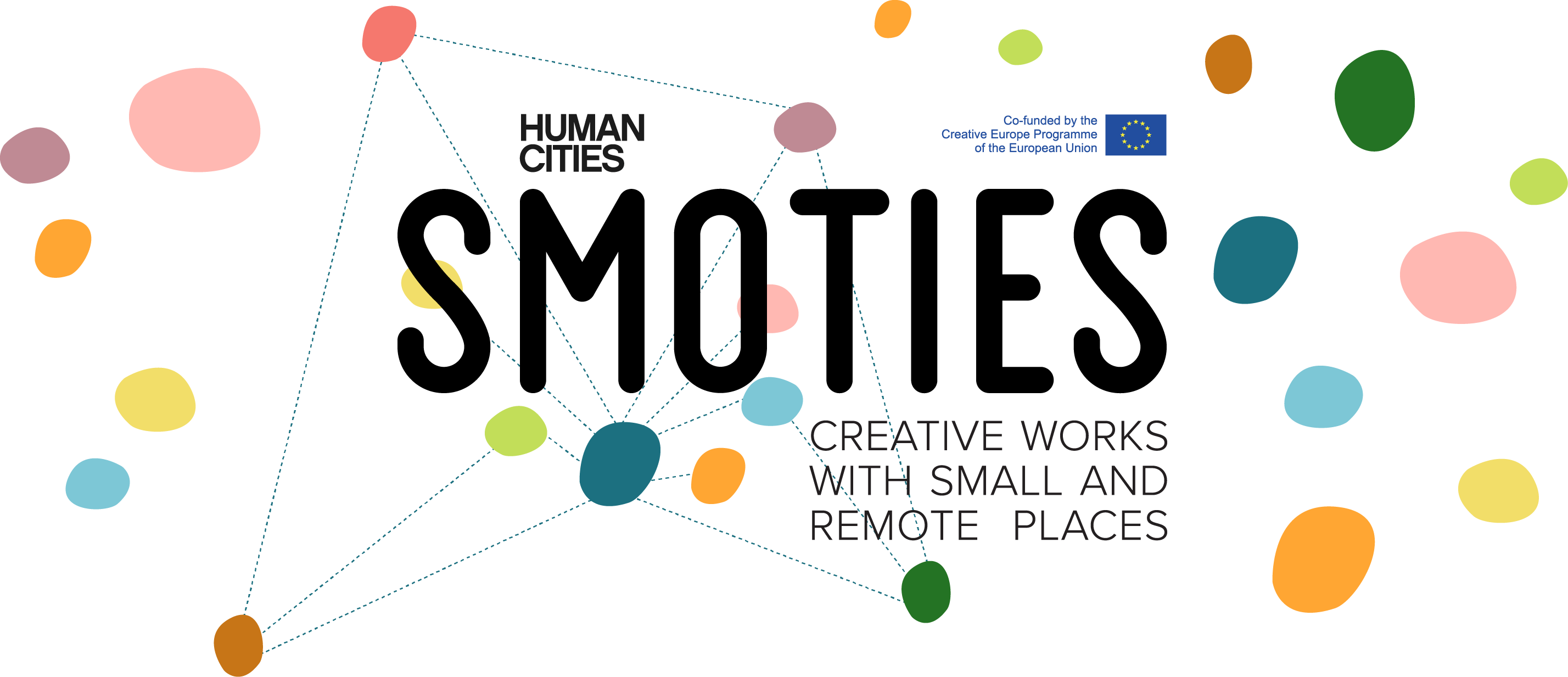In this project, lecturers and students from the Institute of Design & Communication have been working together with the Upper Styrian village of Oberzeiring since 2020 on strategies to improve communication in public spaces, among other things. The place´s most important square, which has been deprived of its actual function as a meeting place for residents for several years, is to be reserved for pedestrians again in the future – temporarily for the time being. The village square has now been transformed from a car park and turning area for buses into a square with a variety of recreational qualities.
SMOTIES – Creative works with small and remote places
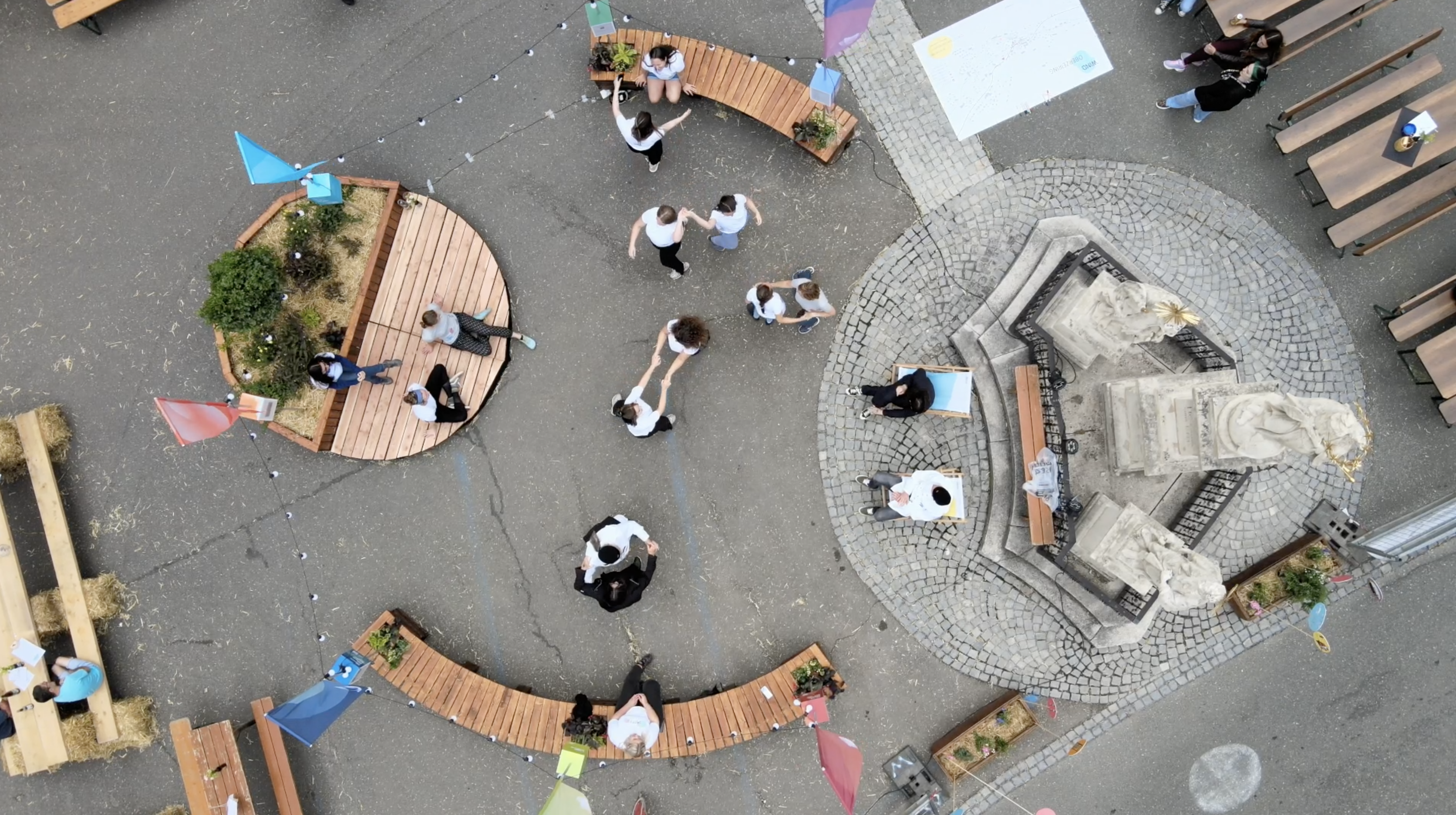
The design of the temporary square design makes the Pestsäule an mportant part of the new ensemble. (© FH JOANNEUM)
Contact
-
Duration2020 bis 2024
The Institute of Design & Communication is a partner in this participatory project co-financed by the European Union.

Oberzeiring market square (©FH JOANNEUM)
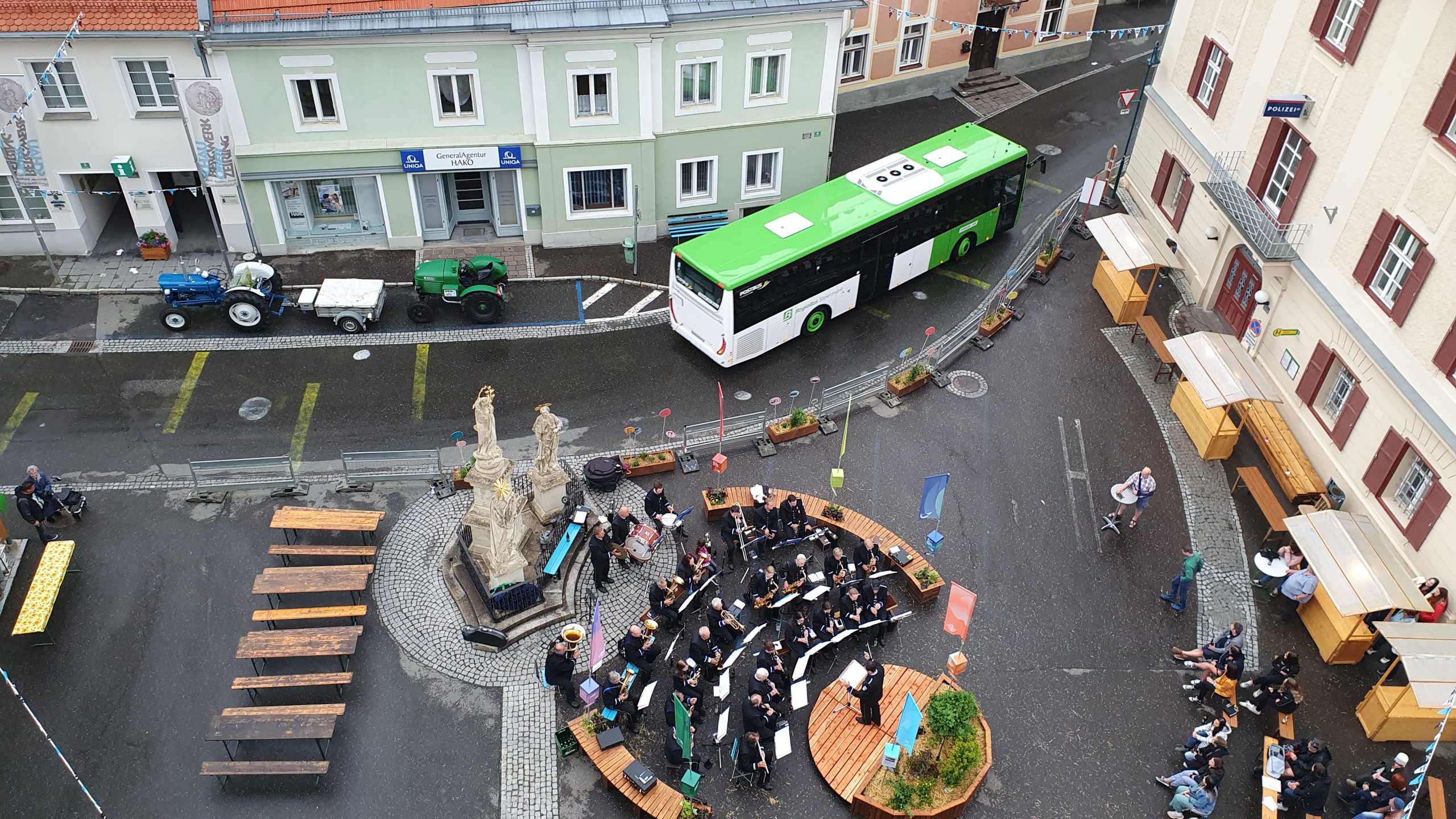
Oberzeiring market square (©FH JOANNEUM)
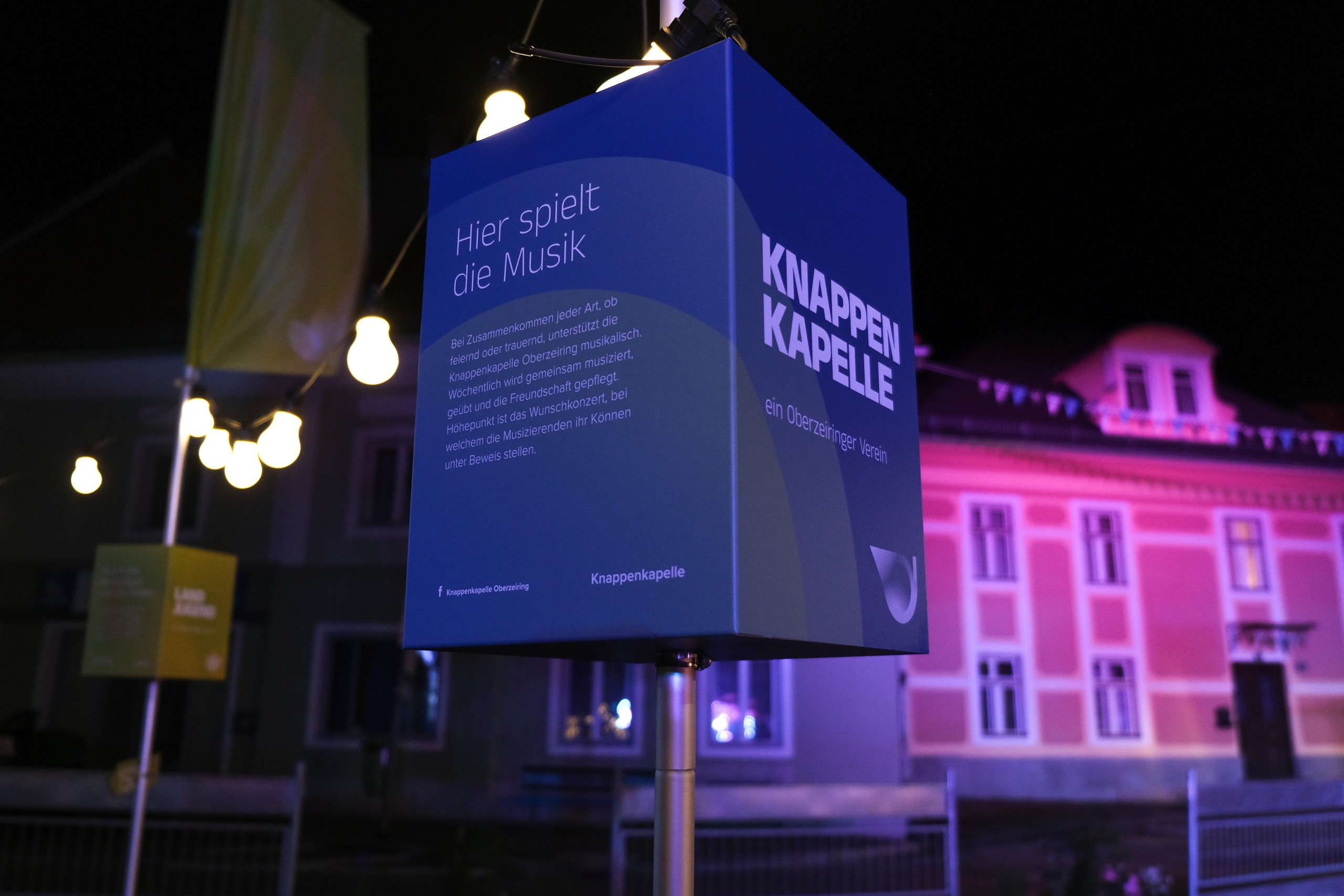
Oberzeiring club boards (©FH JOANNEUM)

Oberzeiring Club flags (©FH JOANNEUM)
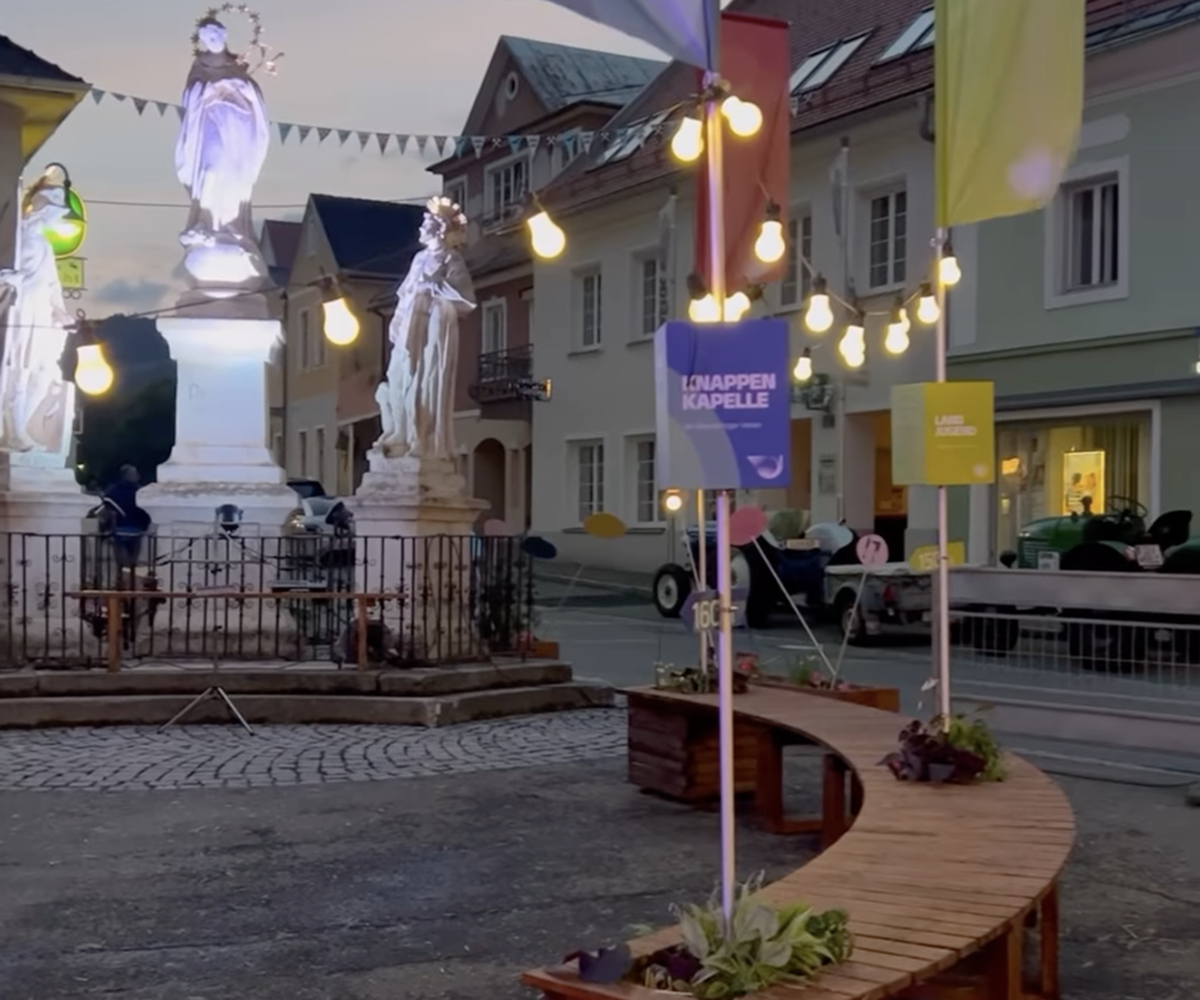
Oberzeiring circle (©FH JOANNEUM)
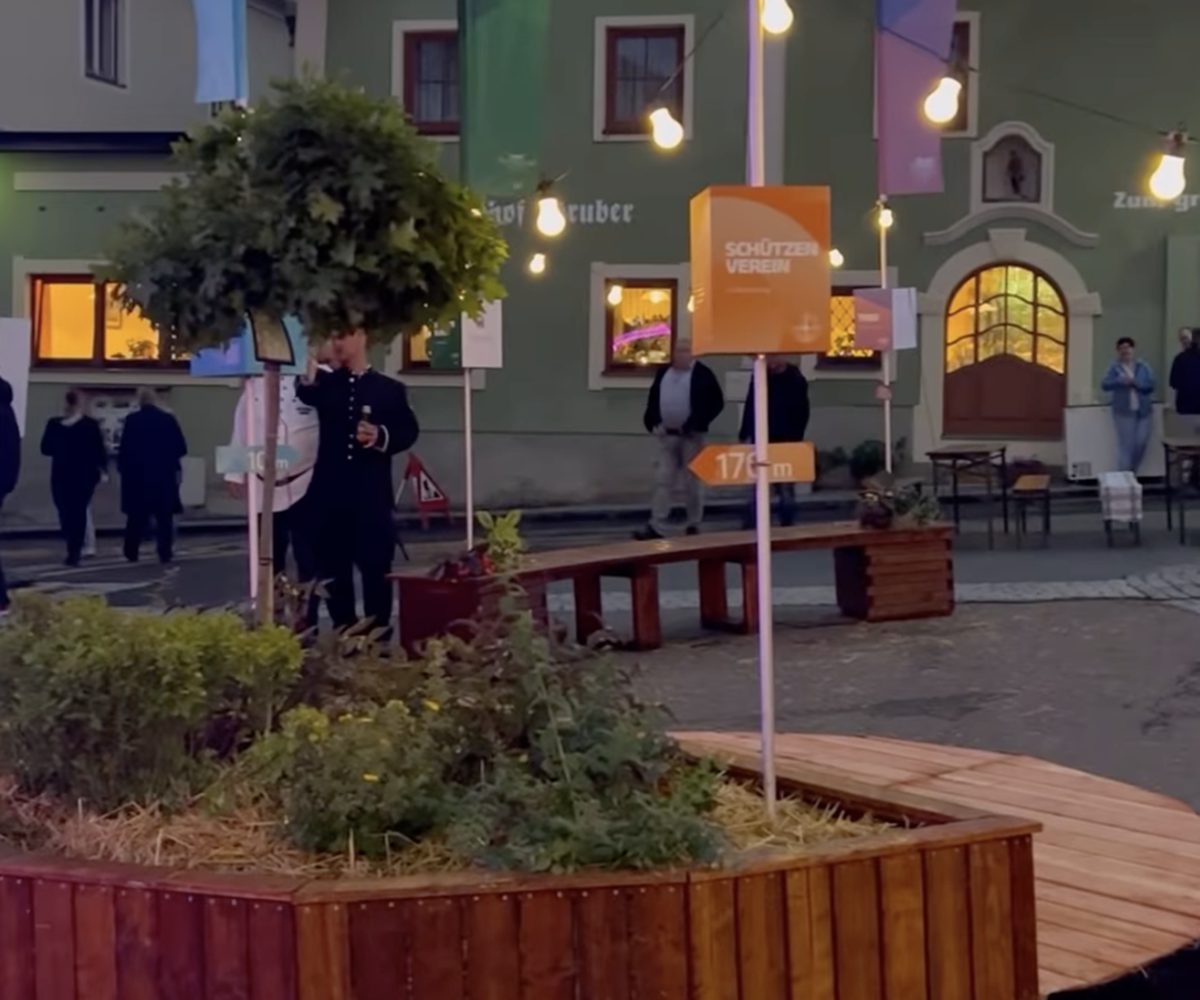
Oberzeiring circle (©FH JOANNEUM)
Oberzeiring was selected because it fulfils the quantitative European criteria for remote but populated rural areas (European Union Regional Policy, 2008); for example, that 50% of the inhabitants cannot reach the centre of a town with 50,000 inhabitants within 45 minutes. However, what also characterises Oberzeiring is the presence of its tangible and intangible culture (history of silver mining) and the commitment of some so-called “local heroes” and numerous associations that actively strive to strengthen the community.
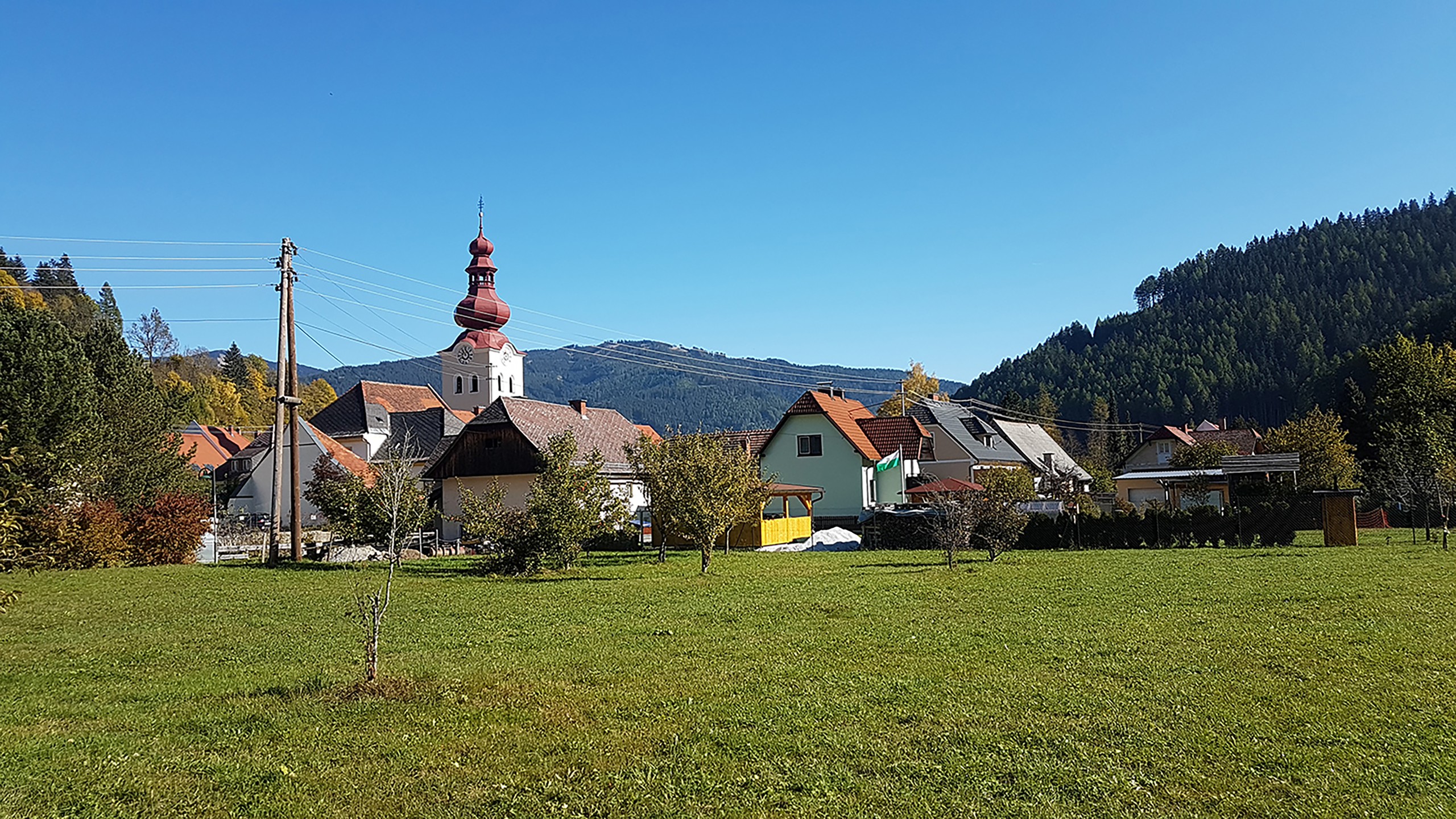
Oberzeiring, Gemeinde Pölstal (© thuemmel)
Human Cities Network
WHAT
Human Cities is a platform of interdisciplinary exchange, founded in 2006. It is examining the livability of public spaces by using participatory design as a tool to facilitate systems of process and innovation.
The Human Cities platform expanded its network and outreach to 10 small and remote European places that are affected by high rural depopulation. These places are depositories of material and immaterial culture at risk to be undervalued, not consolidated or handed down, and hence lost. This new Human Cities project is called SMOTIES — Creative works with small and remote places.
WHO
The SMOTIES partners network includes public institutions, design centres, creative agencies, national associations and research centres, located in 10 European cities. These places have been chosen for their particularity of location, cultural uniqueness, development potential and role as consolidators in their creative sectors.
WHY
We believe in transforming remote places into more liveable spaces by involving local residents in the development of cultural and creative activities.
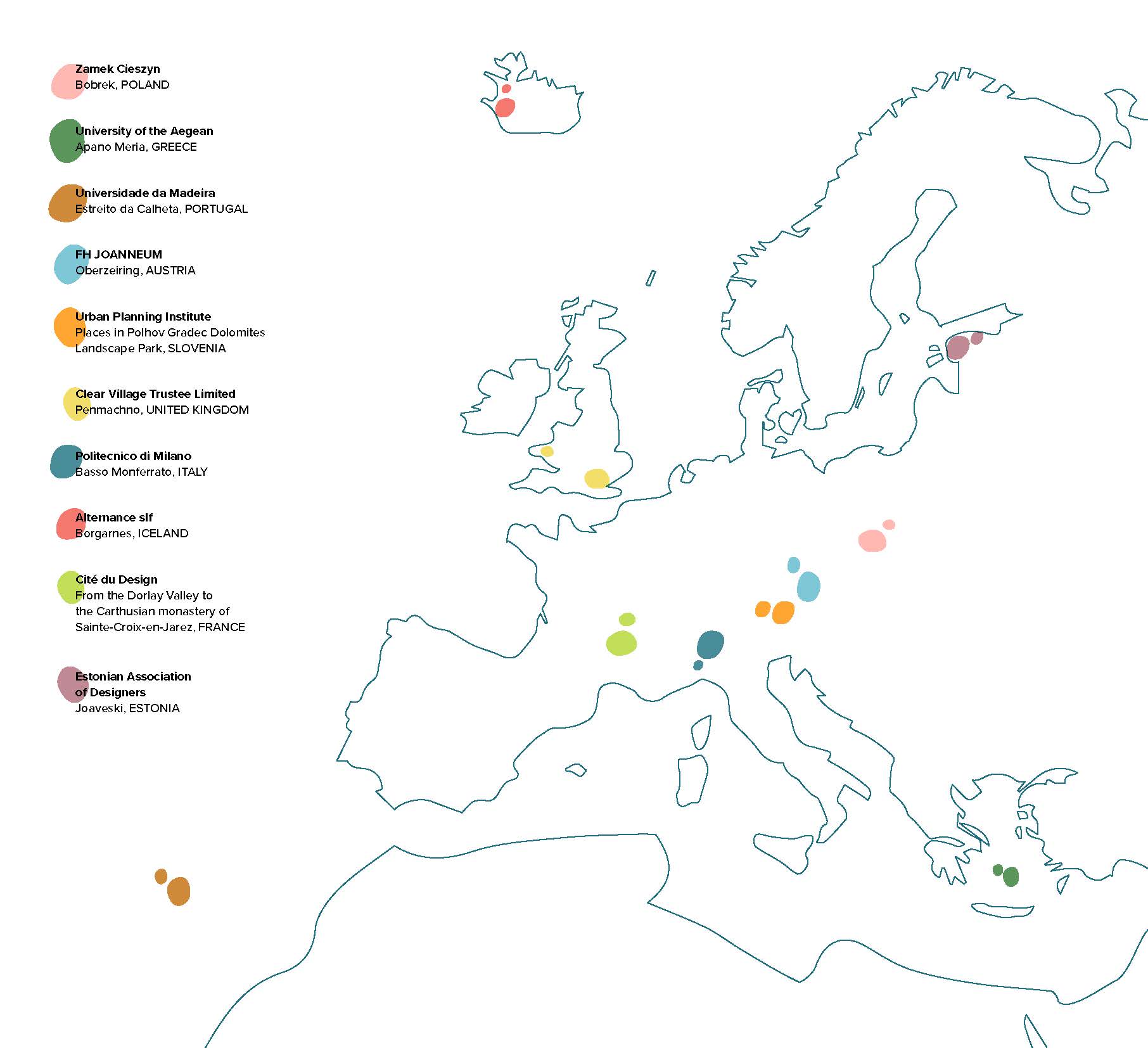

BEST PRACTICE PUBLIKATION
The publication CREATIVE WORKS IN SMALL AND REMOTE PLACES: European Best Practices Exploration explores the co-creation of public space in populated remote places of Europe. The variety of initiatives, actors, and their activities are presented from various parts of the continent – from Austria, Estonia, France, Greece, Iceland, Italy, Poland, Portugal, Slovenia, and the United Kingdom.
All of them have some distinctive characteristics in common – they address the participatory improvements of public spaces in which the residents and the local communities play an important role, while at the same time the actors from the creative sector are fully involved too. Special attention is given to the innovative approaches that manage to put the variety of actors into a greater co-operation to jointly reach the final goal through the improvements of the public spaces – i.e. the stronger communities, the better local life, environments, and ideally improved economic prospects of the remote places.
